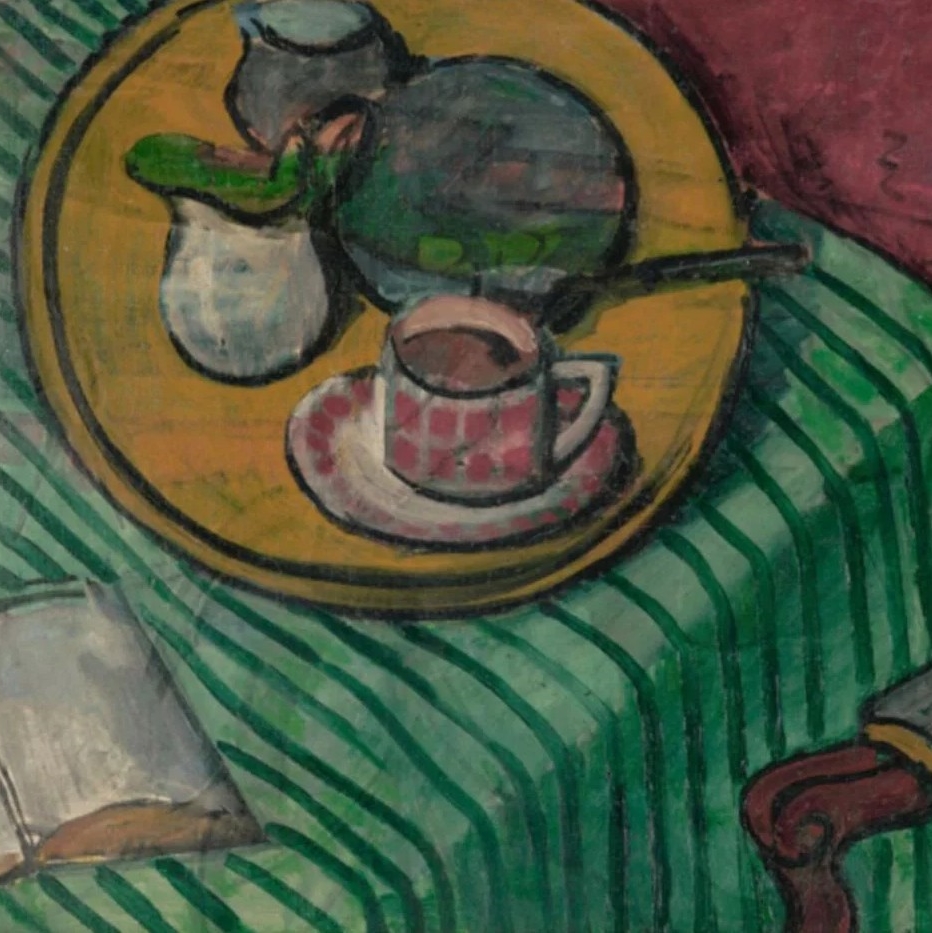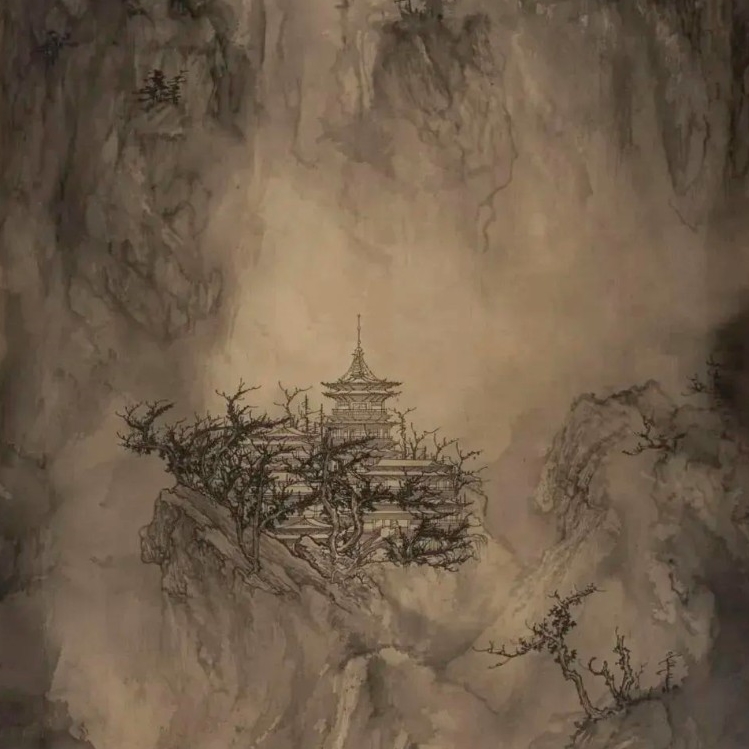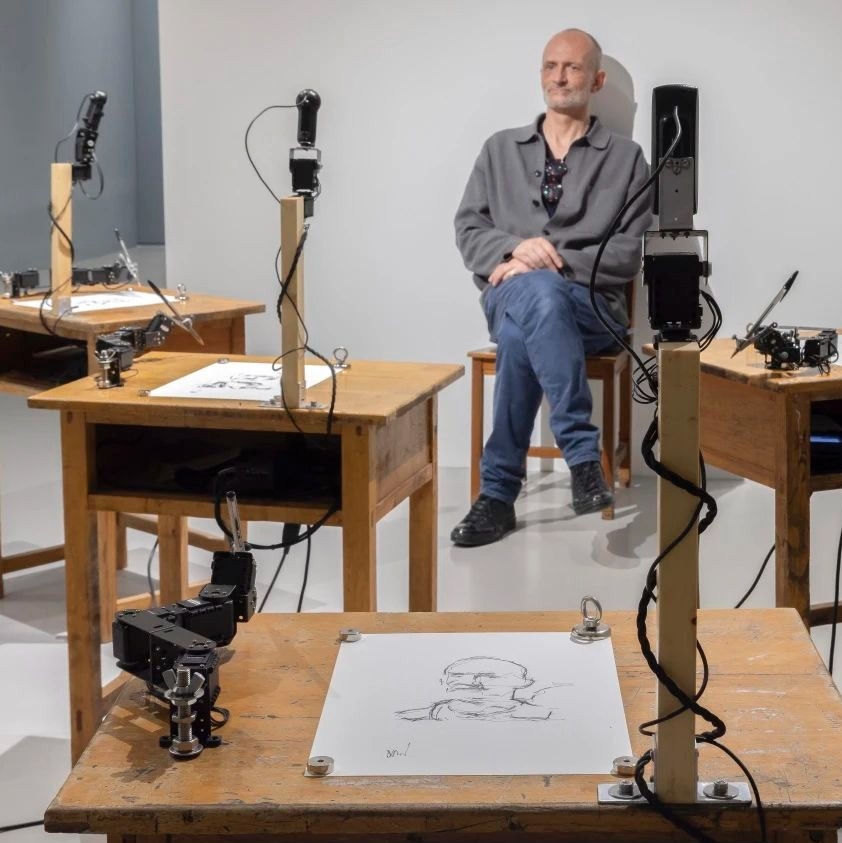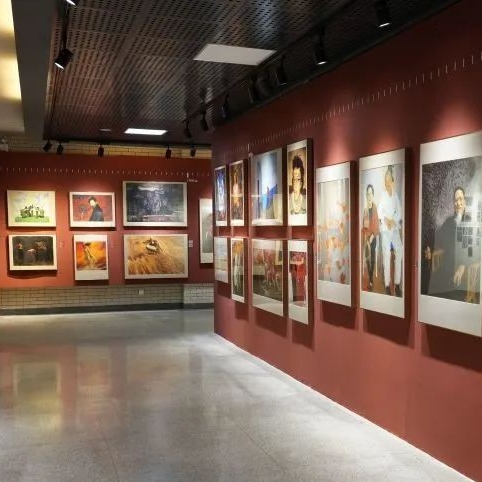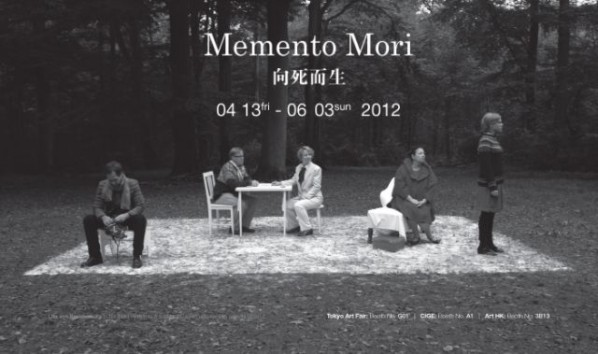
Arario Gallery Beijing is honored to introduce 8 pieces of video and film works by 7 artists from China, Iceland, Germany, the Netherlands, and Sweden at its first exhibition in 2012, Memento Mori.
Memento Mori, which is a Latin Phrase, means “remember your mortality” or “remember you will die”. Art works involved in death could trace back to the beginning of the art history, most of which are religious and emphasize the emptiness and fleetingness of earthly life while celebrating the peacefulness and sweetness of afterlife. As Socrates’ famous saying that death is the separation of soul and body, all these artworks inquire life and death in the sense that they compose a binary opposition, for death is considered to be the ending of life. While the Western place the meaning of life on the afterlife, Confusious believed that we would have no idea about what death is before we get to know what life is. Confusious instructs the masses to be content with what life is and live a meaningful life when alive, and leave peacefully when death comes. However, such oblivions or ignorance of “death” can easily lead life to a kind of existence without depth. It is until the 20th century when the great philosopher Martin Heidegger brought forward the concept of “being-toward-death” that we get to understand existence in a broader dimension.
Being-toward-death reveals that life is not a linear process from alive to dead. Rather, death is always and definitely intrinsic to life as another state of being. The certainty that death is an insurmountable destiny and the uncertainty that one never knows when to die constantly exists in one’s every moment of being. Death is no longer the end of life or an event someday happening to the body, but a process never ends as long as life goes on. Meanwhile, it is this certain feeling of death that makes human beings has an insight on the authenticity of existing at every very moment. Therefore, what being-toward-death illuminates is a life integral with death, a life dancing with death. And what’s more, being-toward-death liberates and frees being in its authentic meaning in the dimension of time.
[gallery link="file" orderby="title"]
The forthcoming 8 video works all involve in the theme of life, being and death, which make the exhibition carry the Northern European aesthetics and also embody the Chinese young artists’ philosophical thinking. Chen Qiulin (b.1975, China) records the disastrous scene of Wenchuan after the earthquake in 2008 and reveals the feeling of big loss in <Peach Blossom> via video record and performance. Cheng Ran (b.1981, China) recreates the classical chapter of the tragedy <Hamlet> (To be or not to be,This is a question), employing improvisational modern dance, in his <Ghost (Hamlet) >. Jiang Pengyi (b.1977, China) films his <Sudden> in a pathless forest in Nantes, France. The video presents the surroundings and spectacles there, and how the feelings of the isolate interact with the environment. In fact, there’s no difference between the surroundings and oneself in a sudden. Guido Van der Werve (b.1977, the Netherland) draws out the restricted state of human being when we try to shed our limited in the face of the great unconquerable Nature. In his No. 12 <Nummer Twaalf>, the extensive landscape is in sharp contrast with the lonely figure of the man standing in front of this scene. Sigurður Guðjonsson (b. 1976, Iceland) demonstrates a pioneer going deep into an endless glacier. In <Deathbed>, he ambiguously points to a post-apocalyptic situation which relates to our nowadays life in some sense and questions our perception constantly. Ulla Von Brandenburge (b.1974, Germany) films <Chorspiel>. In this video, music as the centerpiece of the setting, resembling mixed chorus hymns or classic elegies, reminds the viewers of Thomas Mann’s Buddenbrooks. The four actors, serving as family, peacefully carry on their own lives, but the harmony of the family is disrupted by a dangerous young vagabond. Maria Nordin (b.1980, Sweden) creates her animation <Two Seconds of Pain> and < Behind the Laughing Veil> according to Pedro Almódovar’s <All About My Mother>. The broadly smiling face of the character becomes mottled, and the audience sees how the emotion of joy turns into pain. A freeze shot of a suspending screen, drawings of these moments, animations where the same moment is varied in form – shared time is unpacked in different ways.
The seven artists of various culture backgrounds inquire the nature of being and the conditions we live on. Their poetic and profound works endow this exhibition frosty and elegant aesthetics as well as alienated sensations, which invariably derives from the artists’ inherent ethos and gift.
Date: Apr 13, 2012 - Jun 3, 2012
Opening: Apr 13, 2012, 17:00, Friday
Venue: Arario Gallery (Beijing) (Beijing, China)
Artists: Chen Qiulin, Cheng Ran, Guðjonsson Sigurður, Jiang Pengyi, Maria Nordin, Guido Van der Werve, Ulla Von Brandenburg
Organizer: Arario Gallery (Beijing)
Courtesy of the artists and Arario Gallery Beijing.


